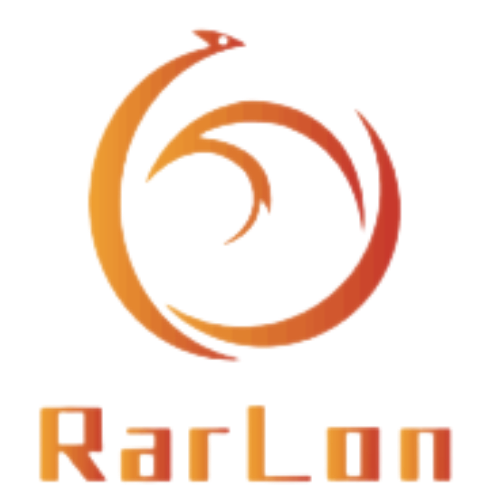If you are familiar with HRC Price Index? This is one key concept to learn if you work in the steel industry or are interested in how steel is made. HRC — Hot Rolled Coil You probably have a lot of other common steel products within arm’s reach right now. Things like cars, kitchen appliances and, yes, houses and skyscrapers are made from this kind of steel. HRC Price Index (as in "tariff used by a business providing HRC for the purposes of the site") is a somewhat unique way to measure what a price at a certain time means to us. So, this list is good to be aware of so that we can learn vital information on how the industry overall is performing.
With lots of factors influencing the price of HRC in the steel sector. The primary reason is the enormous demand for steel. Demand is how many people want to buy steel. So if there are many people and companies trying to buy steel, the price for HRC goes up because there are more people competing to get it. However, if not many people want to purchase steel, then the prices can decrease.
The supply of raw materials is another macro factor that can influence the HRC prices. Raw materials are the fundamental ingredients required to produce steel — widely iron ore and coal. In other words, if there is a shortage of these materials, a.k.a., not enough for all, the HRC prices will go up. That’s because it’s more difficult for manufacturers to make steel if they don’t have the necessary materials. HRC prices can also be affected by changes in government policies or regulations. For instance, if the related regulatory body issues new rules regulating how scrap steel is produced or imported, that might affect HRC expenses as well.
The Price Indices for HRC also assists us to understand trends and projections in the steel space. A trend: A general direction in which something is developing or changing. And if we observe that the HRC Price Index is rising over time, this may indicate that the steel industry is performing strongly and steel is being produced in large quantities. This bodes well for businesses operating in this space. Conversely, if the HRC Price Index is declining, it could indicate that the steel market is turbulent and the demand for steel is low. This data is extremely important in terms of keeping investors and businesses informed about the right time to trade HRC; buying or selling.
As an HRC producer or user, here are a few strategies you might consider for continued competitiveness. For one, you can look for raw materials from everywhere. This entails diversifying your suppliers in order to ensure a constant flow of HRC materials. A dependable supply is key.”
A second is to invest in new technology. Employ modern technology to optimize your production plant, so you can produce more steel for less cost Which can save you money and allow you to offer your customers low prices. Finally, you will be able to apply differentiation to your product compared with your competitors. It means you can provide a different or better quality of an HRC. This way, more clients will be attracted and will improve the success of your business.
There are advantages and disadvantages to purchasing HRC at the current rates. To buy this stuff very low, you save your money and enhance your profit. Since low costs mean more earnings, this can be a good chance for your business. At the same time, though, there’s a risk. If after you buy, the price of HRC declines even further, you will lose money since you paid more than the new lower price.

Copyright © China Rarlon Group Limited All Rights Reserved - Privacy Policy